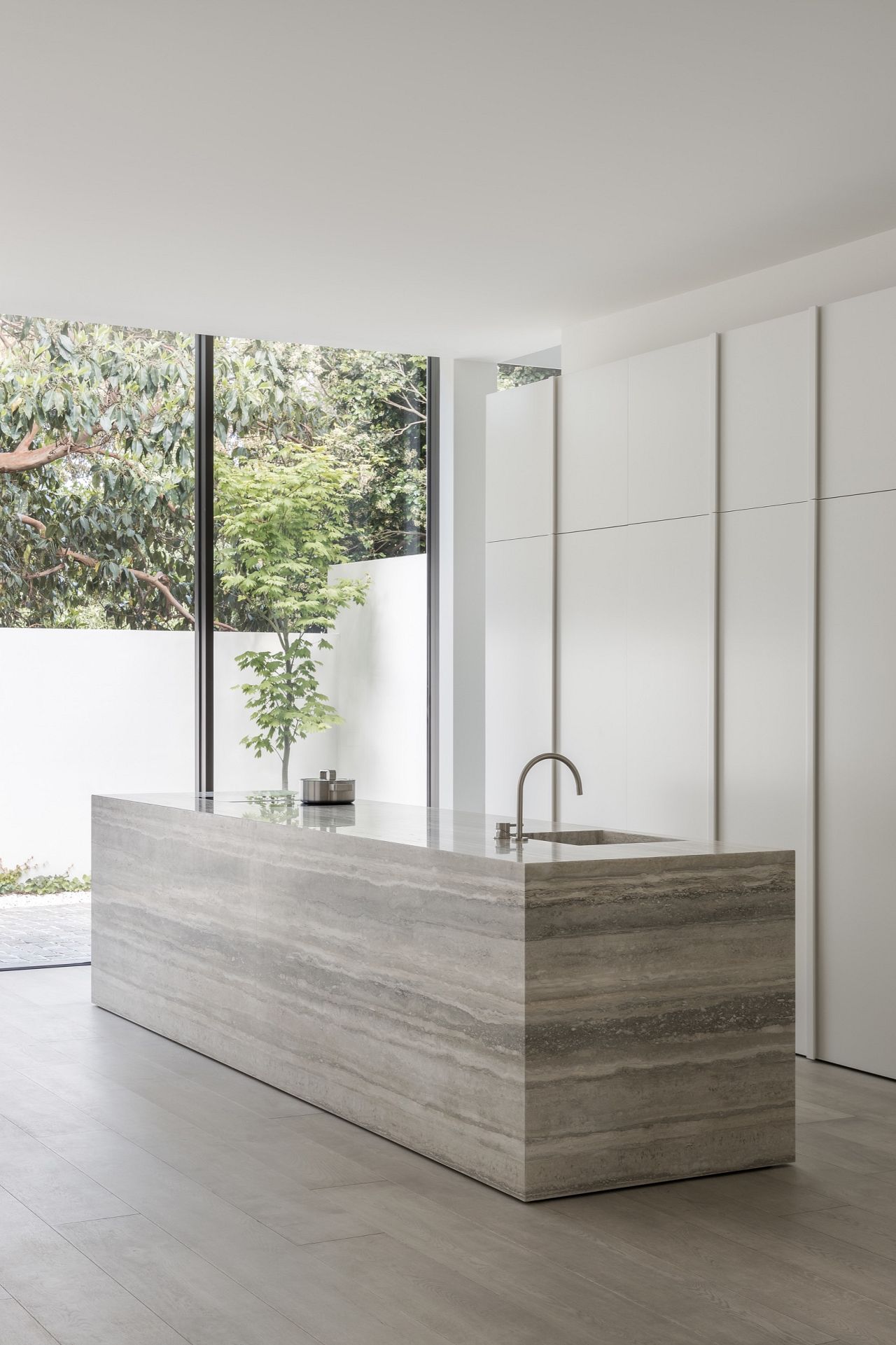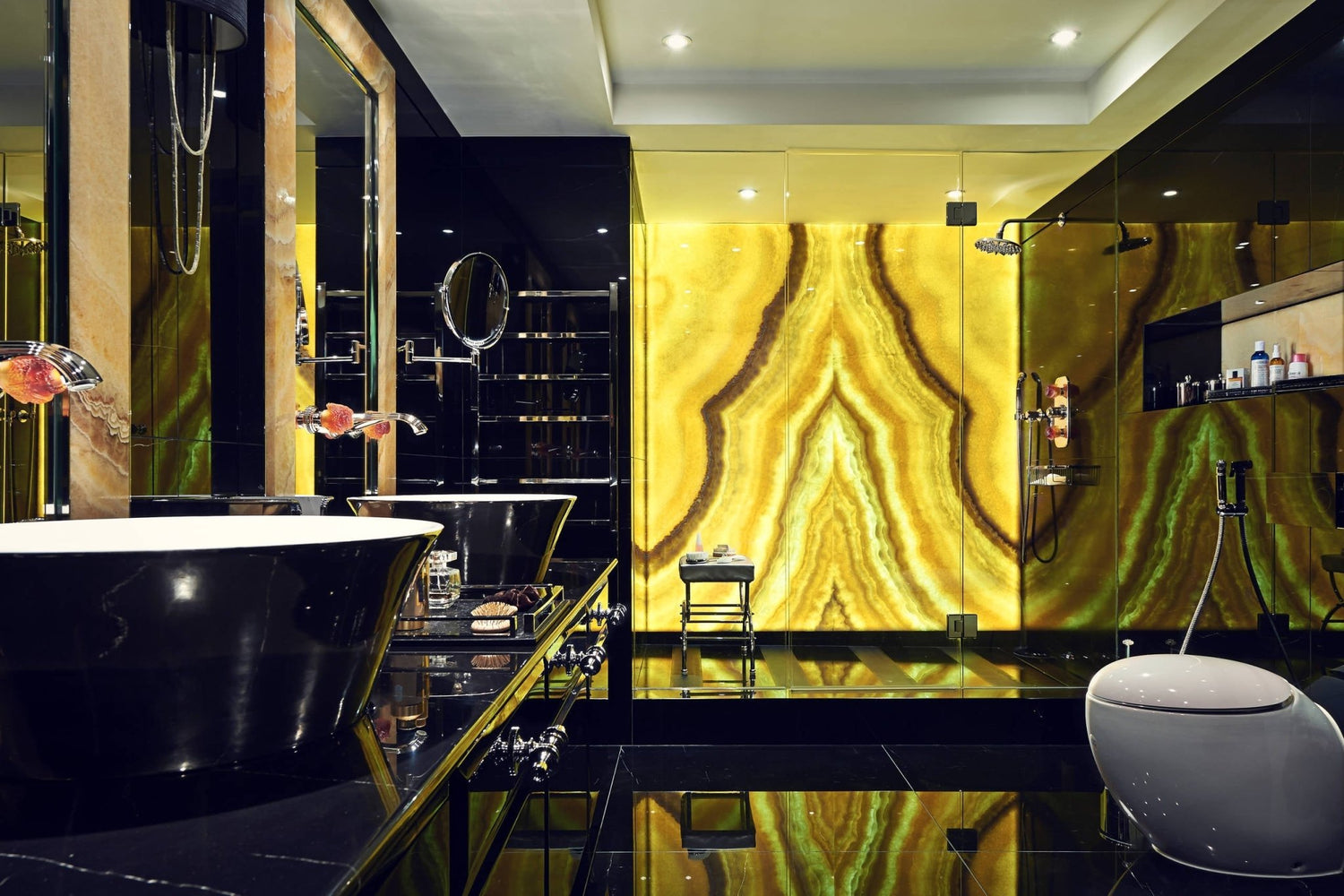In a significant move to protect workers' health, Australia has taken a groundbreaking step in occupational safety. As of 1 July 2024, the country has enforced a nationwide ban on engineered stone—a material long favored for its versatility and design flexibility but increasingly linked to devastating health consequences. This ban marks a decisive shift toward prioritizing worker safety over industrial practices that endanger lives.
What’s Behind the Ban on Engineered Stone?

Understanding the Ban
The ban enacted on July 1, 2024, prohibits the manufacturing, supply, processing, and installation of engineered stone across all Australian states and territories. This includes popular products like stone benchtops, slabs, and panels.
Why Was Engineered Stone Banned?
The catalyst for the ban lies in the alarming rise of silicosis—a progressive and irreversible lung disease linked to prolonged exposure to crystalline silica dust. Workers who cut, grind, or shape engineered stone are exposed to high levels of this dangerous dust, putting them at risk of serious respiratory conditions, including lung cancer, kidney disease, and chronic obstructive pulmonary disease (COPD).
Campaigns led by doctors, trade unions, and affected workers over the years helped raise awareness about this grave issue. The Department of Employment and Workplace Relations also provided evidence backing the need for action. As a result, the Australian government acted decisively to safeguard worker health by imposing this historic ban.
Engineered Stone vs. Natural Stone: What’s the Difference?

The Manufacturing Process
At the heart of the ban is the distinction between engineered stone and natural stone. While both are used in high-end construction and design, the health risks associated with engineered stone are far greater.
Engineered stone is a composite material made from crushed natural stone (often quartz) bound together with resins and other additives. When cut or ground, the material releases fine dust containing crystalline silica, a substance known to cause serious lung disease.
In contrast, natural stone is quarried directly from the earth and does not undergo the same artificial manufacturing process. As such, it does not pose the same silica exposure risks to workers.
Why Natural Stone Is Safe
Natural stone, by its very nature, contains less crystalline silica and is less likely to release harmful dust during cutting or installation. The absence of synthetic resins and chemicals in natural stone makes it a much safer option, particularly when it comes to worker health.
Why Natural Stone Is the Superior Choice for Your Home
As engineered stone becomes a thing of the past in Australia, natural stone continues to be the preferred and safer alternative. Here are ten reasons why it’s the best option for your next renovation or building project:
1. 100% Natural Composition
Natural stone is quarried directly from the earth and is not manufactured in factories, making it a completely pure and organic material. Engineered stone, on the other hand, uses resins, binding agents, and pigments, creating a composite product.
2. Uniqueness and Aesthetic Appeal
No two slabs of natural stone are the same, making it an incredibly unique material for home interiors. Whether it’s marble, granite, or limestone, every piece of natural stone offers one-of-a-kind patterns and colors. Engineered stone, however, is mass-produced, meaning it lacks the individuality that natural stone can provide.
3. Long-lasting Durability
Natural stone’s durability is unmatched. Properly sealed and maintained, it can last for decades, even centuries. Whether used in benchtops, flooring, or wall cladding, natural stone can withstand daily wear and tear with ease.
4. Exceptional Heat Resistance
Unlike engineered stone, which can suffer from heat damage, natural stone remains largely unaffected by high temperatures. Granite, for example, is highly resistant to heat, making it ideal for kitchen benchtops where hot cookware might come into contact with the surface.
5. Eco-friendly and Sustainable
Natural stone’s low environmental impact makes it the more sustainable choice. Unlike engineered stone, which requires energy-intensive manufacturing processes, natural stone is quarried and cut with minimal energy use. This makes it a more eco-friendly option overall.
6. Visual Appeal
The aesthetic beauty of natural stone is undeniable. With its organic textures and rich color variations, natural stone adds a touch of timeless elegance to any space. While engineered stone mimics these looks, it can never replicate the authenticity and natural beauty of the real thing.
7. Safe for Workers and Homeowners
Natural stone is healthier for workers in the construction and installation industries due to its lower crystalline silica content. Additionally, homeowners enjoy peace of mind knowing they aren’t bringing potentially harmful materials into their homes.
8. Versatile Uses Across the Home
Natural stone has a wide range of applications. From kitchen benchtops to bathroom vanities, fireplaces, and even flooring, it adds sophistication and practicality wherever it’s used. Its strength and beauty make it a top choice for a variety of home features.
9. Investment in Property Value
Although natural stone is often more expensive upfront, its long-lasting durability and luxurious appeal can significantly increase property value. Over time, natural stone pays for itself through its endurance and aesthetic appeal.
10. Wide Variety of Options
With numerous types of natural stone to choose from—granite, marble, travertine, limestone, and more—the possibilities are endless. Whether you want a polished, classic look or a rustic, textured surface, there is a perfect stone for every project.
The Future is Natural Stone
As Australia moves away from engineered stone due to serious health concerns, natural stone is poised to become the material of choice for homeowners, builders, and designers alike. For thousands of years, natural stone has been a cornerstone of architecture, design, and craftsmanship, and its appeal remains timeless.
As we look toward a future of safer, more sustainable building practices, natural stone is set to shine as the leading alternative. Whether you’re remodeling your kitchen or creating a luxurious bathroom, natural stone offers the ideal combination of beauty, durability, and safety.
For those looking to incorporate natural stone into their homes, be sure to connect with leading stone suppliers to find the perfect materials for your project.





